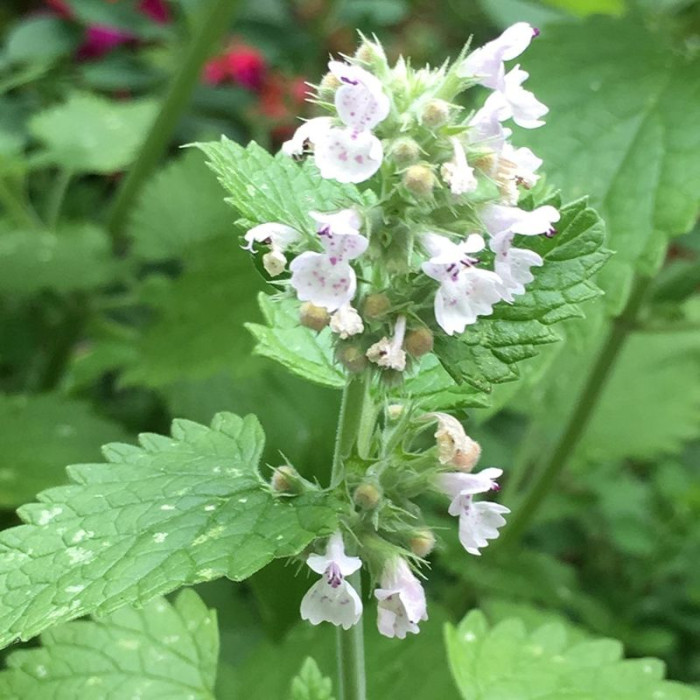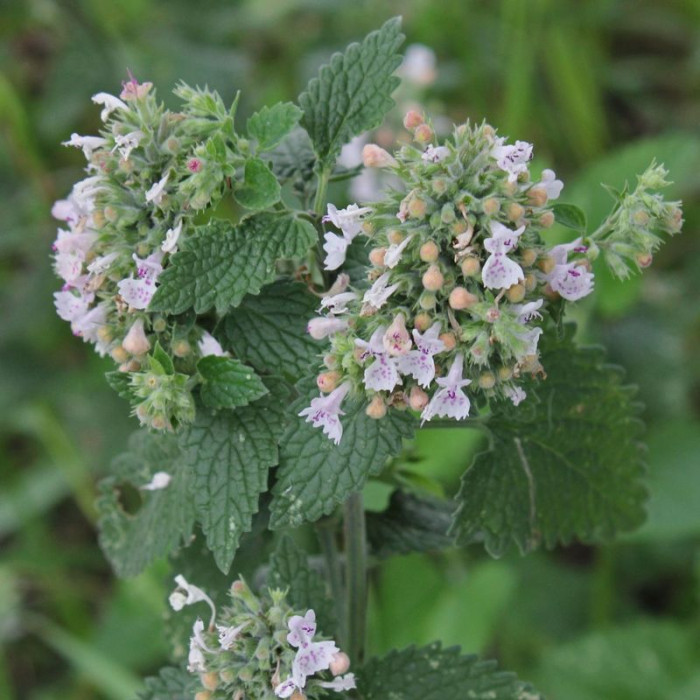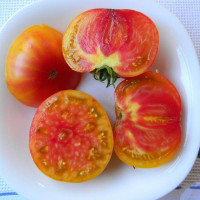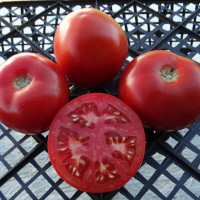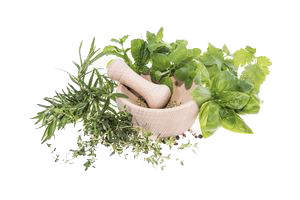Catnip or catswort, catwort, catmint / Nepeta cataria - is a perennial herbaceous plant, a species of the genus Kotovnik of the Lamiaceae family, outwardly very reminiscent of mint. The plant contains up to 3% essential oil, which causes a strong peculiar ("lemon") smell that attracts cats. From this comes the specific epithet in its name.
Kotovnik is an excellent honey plant. Flowering time from June to September. Lemon catnip is often confused with lemon balm, as it is very close to it in smell. However, the smell of catnip can vary from purely lemony to sharply minty, and lemon balm always has only a lemony aroma. Honey from this plant turns out to be unusually beautiful - amber in color, with a lemon aroma and a very pleasant taste.
Fresh leaves are used for salads, marinades, hot dishes. They have, as the name suggests, a mild lemon peel flavor. The plant is covered with charming leaves, similar to mint or lemon balm leaves, only small. The fragrant flowers attract beneficial insects and butterflies to the garden.
This plant has a diaphoretic, anti-inflammatory, expectorant, restorative, analgesic, sedative, antipyretic, hemostatic effect. Increases appetite and improves the functions of the stomach, intestines, improves digestion, increases the amplitude of heart contractions, eliminates convulsions. Externally, catnip is used as an antibiotic in the treatment of boils, tumors and skin inflammations.
In folk medicine, catnip is used in the form of water tinctures as a sedative and for headaches, liver diseases, jaundice, shortness of breath, coughs and anemia, to stimulate appetite.
The plant has a general strengthening effect on the body, helping to strengthen the immune system.
Blooms from June to September. Bees visit it very well, honey productivity is up to 100 kg per hectare.
The more bees there are on your site, the more fruitful your vegetables will be!

No questions about this product, be the first and ask your question.


